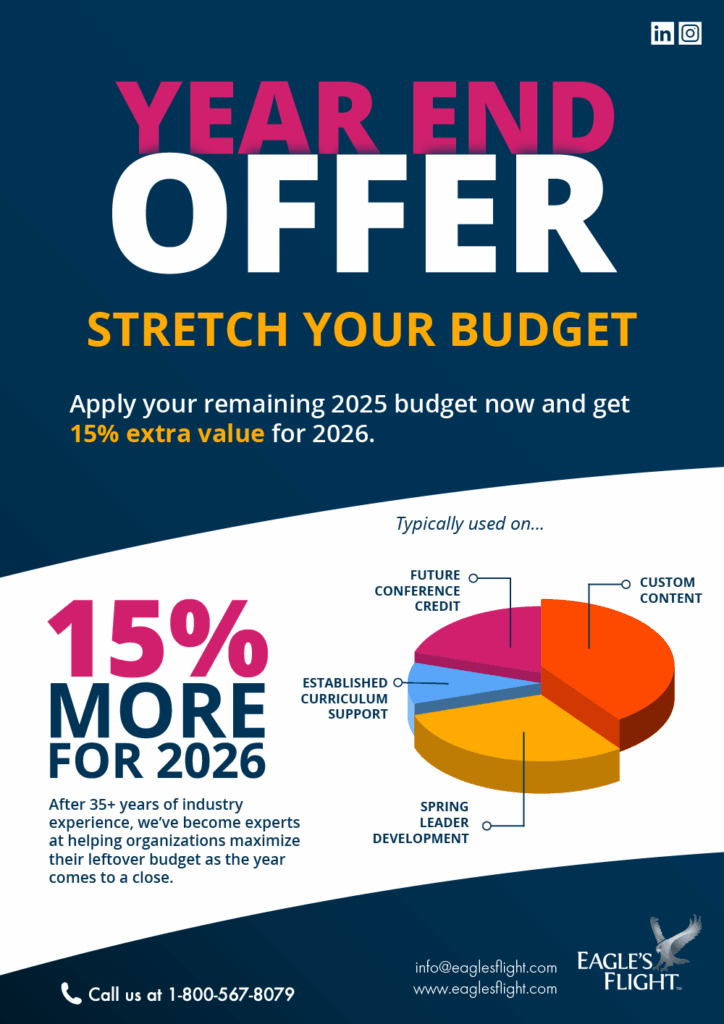From Knowing to Doing: Embedding Leadership Behaviors Through Experiential Learning
What is Experiential Learning?
Experiential learning is a powerful approach that focuses on learning through direct experience. It’s about transforming theoretical knowledge into practical skills by engaging participants in activities that mirror real-world challenges. This method goes beyond traditional learning by immersing individuals in situations where they must apply what they’ve learned, providing a more profound understanding and retention of leadership behaviors.
Who is Experiential Learning For?
This approach is ideal for leaders and organizations committed to fostering genuine behavioral change. Whether you’re a leader looking to enhance your team’s capabilities or a company aiming to cultivate a culture of continuous improvement, experiential learning can be a game-changer. It’s particularly suited for those who recognize that true leadership development requires more than just knowledge—it demands action and reflection.
Why Should Organizations Care About Experiential Learning?
In today’s fast-paced business environment, the ability to translate knowledge into action is critical. Theoretical understanding alone is insufficient; leaders must be able to implement what they know effectively. Experiential learning bridges this gap by providing a safe space to practice new behaviors, receive feedback, and refine skills. This method not only accelerates personal growth but also drives organizational success by embedding desired leadership behaviors into the company culture.
How Do Organizations Use Experiential Learning?
- Design Meaningful Experiences: At the heart of experiential learning is creating activities that reflect real-life challenges. In “Experiential Learning,” I emphasize the importance of designing experiences that are directly linked to desired outcomes. This involves crafting scenarios that require participants to engage fully, make decisions, and face consequences, much like they would in their daily roles.
- Utilize the Power of Debriefing: The debrief is a critical component of experiential learning. After the experience, it’s essential to reflect on what occurred, discuss insights, and connect these to real-world applications. This step transforms the experience from a simple activity into a profound learning opportunity, reinforcing the behaviors and skills practiced.
- Embed a People-First Culture: As outlined in “Leading What Matters Most,” embedding a people-first culture is crucial for sustaining behavioral change. This involves equipping leaders to encourage input, provide the necessary tools, and consistently communicate the importance of these initiatives. By doing so, organizations can create an environment where new leadership behaviors are not only practiced but also valued and reinforced.
- Commit to Continuous Improvement: Experiential learning is not a one-time event; it’s a continuous journey. Regularly revisit and refine the experiences and debriefs to ensure they remain relevant and impactful. Encourage leaders to share their experiences and learnings with others, fostering a culture of collaboration and growth.
Expanding Further:
Experiential learning is like crafting a sculpture from a block of marble. Theoretical knowledge provides the shape, but it is through the chisel of experience that true form and detail emerge. This approach allows leaders to move from knowing what to do to actually doing it, bridging the gap between intention and action.
In “Leading What Matters Most,” I discuss the importance of aligning leadership behaviors with organizational goals. This alignment is crucial for ensuring that the skills and insights gained through experiential learning are effectively applied. By integrating these behaviors into every aspect of the organization, from HR practices to daily interactions, leaders can create a cohesive and supportive environment for change.
Moreover, experiential learning is not just about individual development; it’s about collective growth. By involving teams in shared experiences, organizations can build a common language and understanding that enhances collaboration and effectiveness. This shared journey fosters a sense of unity and purpose, driving the organization toward its goals.
Ultimately, experiential learning is about unlocking potential. It’s about recognizing that every leader has the capacity to grow and excel, given the right opportunities and support. By focusing on experience rather than theory, organizations can develop leaders who are not only knowledgeable but also capable of translating that knowledge into meaningful action.






